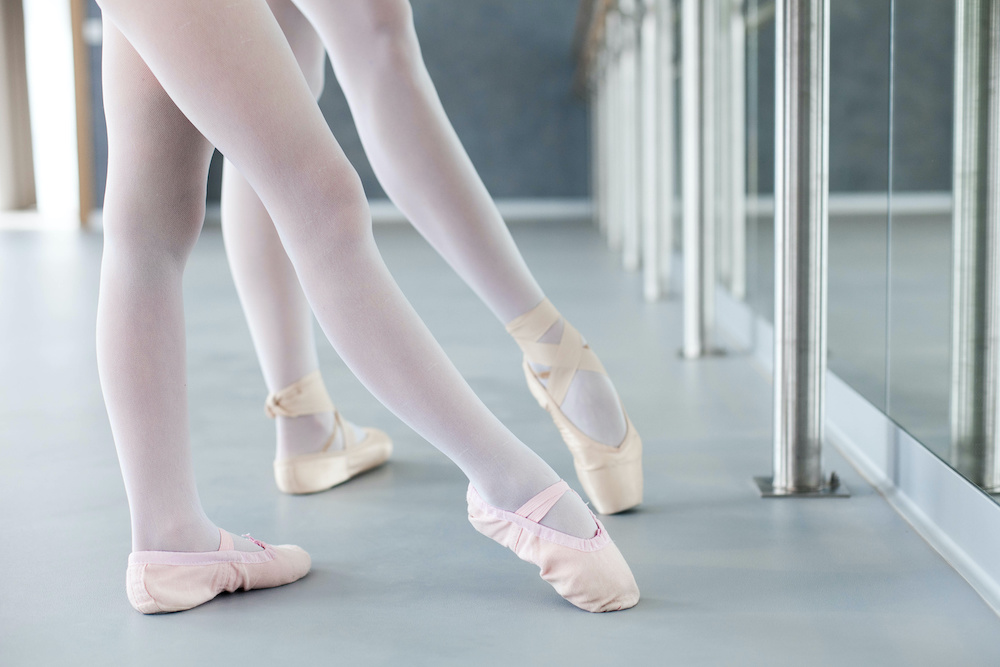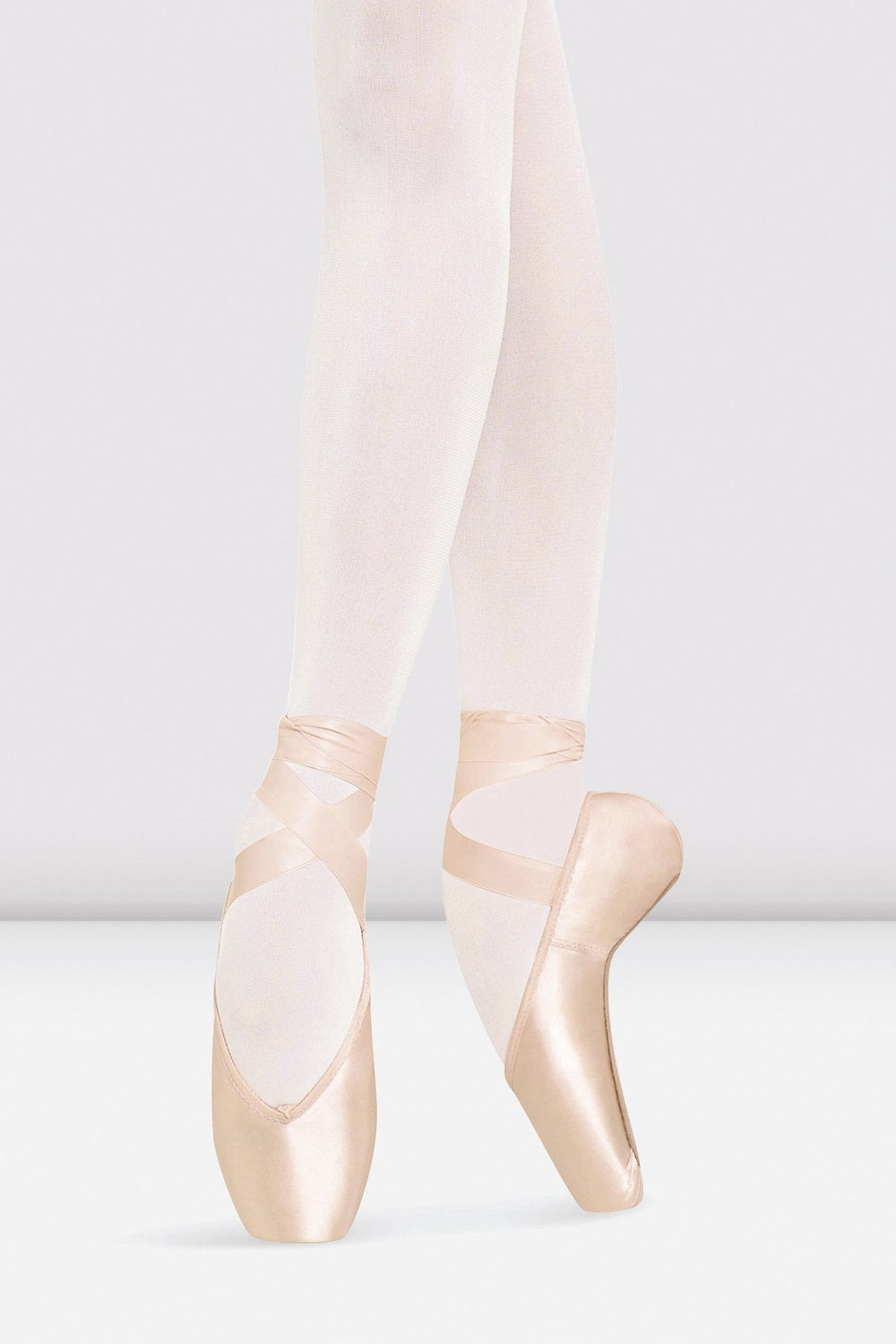Pointe shoes, the iconic footwear worn by ballet dancers, possess an air of grace and elegance that can captivate audiences worldwide. However, behind the scenes, these seemingly delicate shoes can come with a hefty price tag. The question arises: just how expensive are pointe shoes? In this article, we will delve into the world of ballet and explore the factors that contribute to the cost of these specialized shoes, shedding light on the hidden expenses that dancers face.
Thank you for reading this post, don't forget to subscribe!When it comes to pointe shoes, cost can vary significantly depending on various factors. One of the primary considerations is the brand. Established ballet shoe manufacturers, renowned for their quality and craftsmanship, often charge a premium price. Additionally, the materials used in the production of pointe shoes, such as satin, leather, and glue, can impact the overall cost. Furthermore, the frequency of use and the skill level of the dancer can also influence the expense, as professional dancers typically require more frequent replacements due to the rigorous demands placed on their shoes. By examining these factors, we can gain a deeper understanding of the financial commitment that dancers must make to pursue their passion.

How Expensive Are Pointe Shoes
Pointe shoes are an essential tool for ballet dancers, allowing them to perform on their toes and achieve the graceful movements that characterize this art form. However, pointe shoes can be quite expensive, especially for professional dancers who require multiple pairs. In this article, we will explore the factors that contribute to the cost of pointe shoes and provide valuable information on how to choose the right pair without breaking the bank.
The Quality of Materials
One of the primary factors that determine the price of pointe shoes is the quality of materials used in their construction. High-quality pointe shoes are typically made from natural materials such as satin, leather, and canvas, which are more expensive than synthetic alternatives. These materials offer durability, flexibility, and comfort, ensuring that the shoes can withstand the strenuous demands of ballet. Additionally, high-quality materials often result in better fit and support, reducing the risk of injuries and enhancing the dancer’s performance. However, these superior materials come at a higher cost, making the shoes more expensive.
On the other hand, lower-priced pointe shoes may be made from cheaper materials, such as synthetic satin or imitation leather. While these shoes may be more affordable, they may not offer the same level of comfort, durability, or support. Dancers should carefully consider their individual needs and budget when choosing between different material options.
Manufacturing Techniques
The manufacturing process of pointe shoes also impacts their price. Handmade pointe shoes, crafted by skilled artisans, tend to be more expensive than mass-produced ones. Handmade shoes require meticulous attention to detail and often involve customizations to suit the dancer’s specific requirements. The craftsmanship and expertise involved in creating these shoes contribute to their higher price tag.
Mass-produced pointe shoes, on the other hand, are manufactured in larger quantities using automated processes. While these shoes are more affordable, they may lack the personalized fit and attention to detail offered by handmade shoes. Dancers should consider their skill level, performance needs, and budget when deciding between handmade and mass-produced pointe shoes.
Additional Features and Customizations
Pointe shoes often come with various additional features and customizations, which can further increase their cost. Some dancers may require specialized shoes with added arch support, cushioning, or different toe box options. These customizations may involve additional materials, design modifications, or adjustments made during the manufacturing process, resulting in a higher price.
Furthermore, renowned ballet shoe brands often have a higher price range due to their reputation, quality, and innovative designs. While these brands may offer superior performance and durability, it is essential to consider whether the higher price is justified for the individual dancer’s needs and budget.
Conclusion
Understanding the factors that contribute to the cost of pointe shoes can help dancers make informed decisions when purchasing their footwear. By considering the quality of materials, manufacturing techniques, and additional features, dancers can find a balance between affordability and performance. It is crucial to remember that expensive does not always equate to the best choice, as individual preferences and requirements may vary. Ultimately, dancers should prioritize comfort, fit, and support to ensure a safe and enjoyable experience on pointe.
Frequently Asked Questions
Here are some commonly asked questions about the cost of pointe shoes.
1. How much do pointe shoes typically cost?
Pointe shoes can range in price from around $50 to over $100 per pair. The cost can vary depending on factors such as the brand, style, and where you purchase them. Higher-end brands tend to be more expensive, but they often offer better quality and durability. It’s important to keep in mind that pointe shoes are not a one-time purchase, as they need to be replaced regularly due to wear and tear.
Additionally, some dancers may require custom-made pointe shoes, which can be even more costly. These shoes are specifically designed to fit the individual dancer’s feet and may involve additional expenses such as fittings or special modifications.
2. Are there any cheaper alternatives to pointe shoes?
While pointe shoes are the traditional footwear for ballet dancers en pointe, there are some alternatives that may be more affordable. One option is to look for pre-owned pointe shoes. Many dancers sell their gently used shoes at a lower price, which can be a good option for those on a tighter budget.
Another alternative is to consider demi-pointe shoes, also known as soft blocks or ballet flats. These shoes have a reinforced shank but lack the full support of traditional pointe shoes. They can be a more affordable option for dancers who are still working towards going en pointe but want to experience some of the sensation.
3. How long do pointe shoes typically last?
The lifespan of pointe shoes can vary depending on factors such as the dancer’s technique, weight, and the frequency of use. On average, a pair of pointe shoes lasts anywhere from a few weeks to a few months. However, some dancers may go through a pair in just a few classes, while others can make them last for several months.
It’s important to note that the lifespan of pointe shoes also depends on the individual dancer’s foot strength and technique. As the shoes get worn out, they lose their support and become less safe to dance in. It’s crucial to replace them when they start to show signs of wear and tear to avoid injuries.
4. Are there any ways to make pointe shoes last longer?
While pointe shoes will inevitably wear out over time, there are a few things you can do to extend their lifespan. One tip is to alternate between two or more pairs of shoes. This allows each pair to have time to dry and regain their shape between uses, reducing the wear and tear.
Another way to make pointe shoes last longer is to properly care for them. After each use, remove any excess moisture by placing them in a well-ventilated area. Avoid storing them in a plastic bag or damp environment, as this can cause the shoes to deteriorate more quickly. Additionally, using toe pads or other protective accessories can help reduce the friction and impact on the shoes, prolonging their lifespan.
5. Can I get financial assistance to cover the cost of pointe shoes?
Depending on your circumstances, there may be options available for financial assistance to help with the cost of pointe shoes. Some dance organizations or schools offer scholarships or grants specifically for dance-related expenses, which can include the purchase of pointe shoes.
Additionally, there are organizations that provide assistance to dancers from low-income backgrounds. These organizations may offer financial aid or subsidized pointe shoes to ensure that cost does not become a barrier to pursuing ballet en pointe. It’s worth researching and reaching out to local dance organizations or foundations to inquire about any available support.

In conclusion, the cost of pointe shoes can vary greatly depending on various factors. From the type and brand of the shoe to the individual dancer’s needs and preferences, there is a wide range of prices to consider. However, it is important to remember that investing in a quality pair of pointe shoes is crucial for the safety and performance of the dancer.
While it may seem daunting to some, the expense of pointe shoes should not deter aspiring ballet dancers from pursuing their passion. Instead, it should serve as a reminder of the dedication and commitment required in this art form. By understanding the different factors that contribute to the cost of pointe shoes and doing thorough research, dancers can make informed decisions and find the perfect pair that suits their needs and budget. Ultimately, the value and joy that come from dancing en pointe far outweigh any monetary concerns, making the investment in pointe shoes well worth it for those who truly love the art of ballet.

